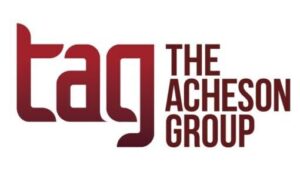Will reducing the Department of Health and Human Services (HHS) workforce by 25% eliminate redundancy and aid in the goal to “make America healthy again” as announced by the HHS on March 27, or will it negatively impact food safety and make America’s food unhealthy and cause a loss of trust as alleged by some foreign countries?
The HHS announcement stated that it would be making a reduction in workforce of about 10,000 full-time employees; when combined with the early retirement and Fork in the Road programs, there would be a total downsizing from 82,000 to 62,000 full-time employees, including FDA workers. Although the HHS has said that food facility inspections will not be impacted, there will be fallout if there are fewer reviewers for things like import alerts; responses to 483s, warning letters, GRAS reviews; etc. Additionally, with many of the workers only discovering their terminations when their security badges didn’t work, the lack of transition to the reduced workforce could leave numerous gaps, including those related to facility inspections and outbreaks — putting businesses and the public at greater risk, as collective surveillance and monitoring of the supply chain decreases.
In fact, there had already been a shortfall of annual inspections, which are intended to detect and prevent food safety problems rather than reacting to outbreaks after they happen. In a January 2025 GAO report, it was stated that of approximately 75,000 domestic and 125,000 foreign food facilities subject to FDA inspection under FSMA (including over 17,000 high-risk facilities), FDA had conducted fewer than 8,500 domestic and 1,000 foreign inspections annually. FDA officials identified limited workforce capacity as its primary challenge to meeting inspection targets. With FDA inspections and regulations being further reduced, it becomes more likely that indicators of potential outbreaks, and outbreaks themselves, will be missed.
What we see all this meaning for the food industry, is the heightened need for the industry to step up itself to strengthen food safety programs and initiatives. So regularly reviewing your programs; making and requiring improvements or corrective action; and ensuring a solid food culture is in place have become all the more important. It also is critical to require the same of your current suppliers and those you may need to replace due to effects of the tariffs, as we discussed in a recent article on the impacts of tariffs. If some of the negative impacts on food safety actually happen, then relying on suppliers to be compliant and overseen to some degree by regulators will not be as effective as it is today. Yet the risks to you as a manufacturer still exist if your product makes someone sick.
Of particular concern, at this time, are also the risks of economically motivated adulteration (EMA)/food fraud. If you are sourcing high-value ingredients from countries for which high tariffs are being charged, there is an added risk of suppliers substituting alternatives without disclosure. At best, these alternatives may be of lower quality (such as the mislabeling of fish species or dilution of olive oil with a cheaper oil), or at worst, they could be dangerous (such as former incidents of a supplier sale of horsemeat as beef in Europe and melamine to infant formula in China). So, keeping a close eye on and strong communication with your suppliers — old and new — is essential.
Although the workforce reductions and rehires and tariff enactments and postponements may be feeling like the snapping of a bungee cord, it’s important to understand that there will be long-term impacts on supply chains, regardless of when and where these land. The bottom line is that in the short term none of this is making food safer, so it’s up to each individual facility, as well as the industry as a whole, to step up further to keep our food safe. In the longer term, a review of GRAS ingredients, colors and other additives may result in some positive health impacts, but that is far down the road, and we have some more immediate risks right now.
All written content in TAG articles, newsletters, and webpages is developed and written by TAG experts, not AI. We focus on the realities and the science to bring you the most current, exacting information.





